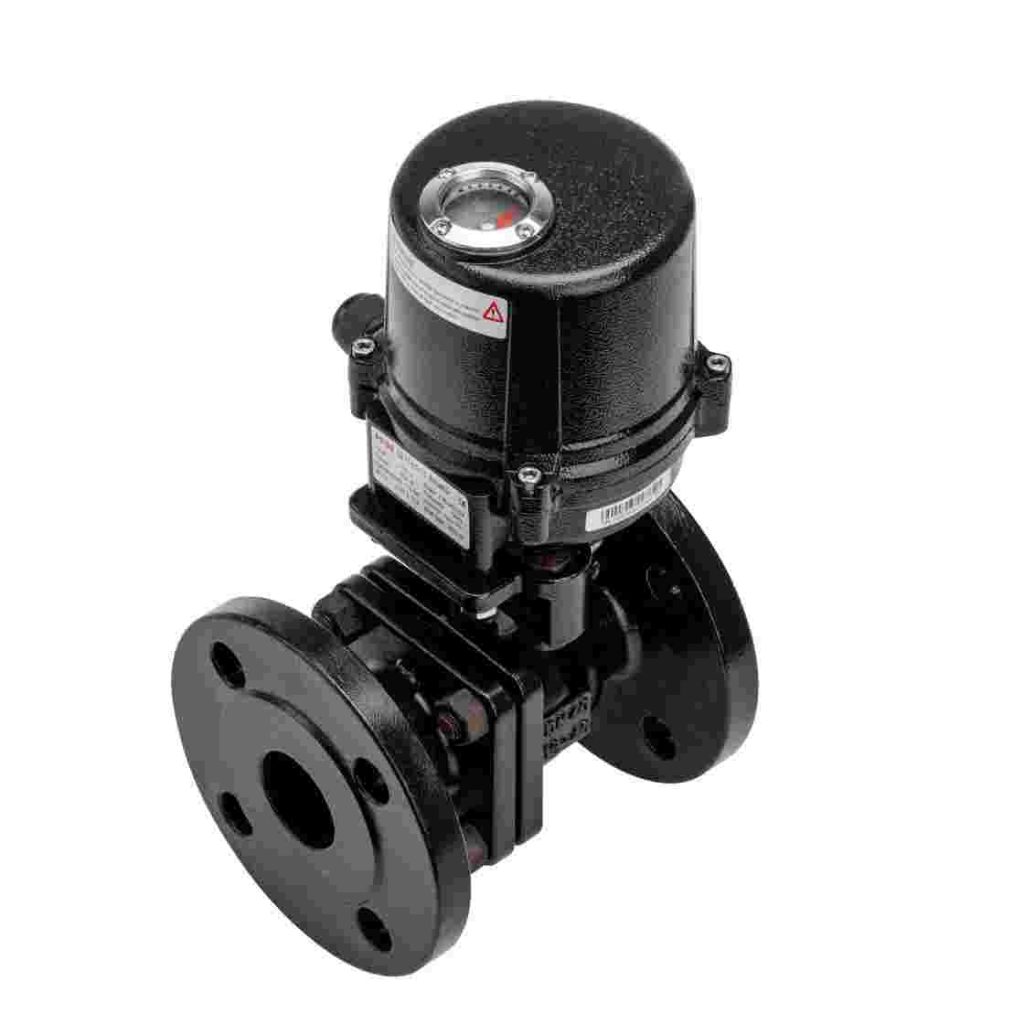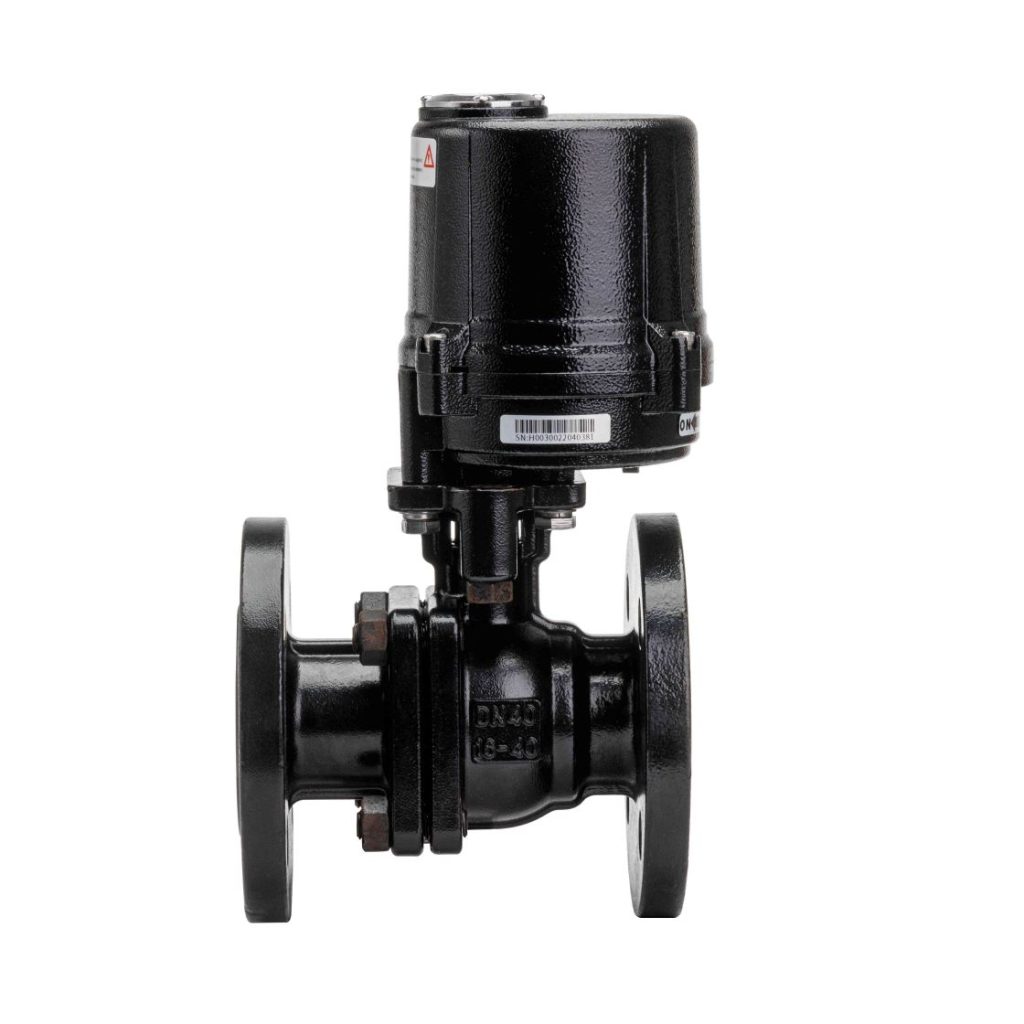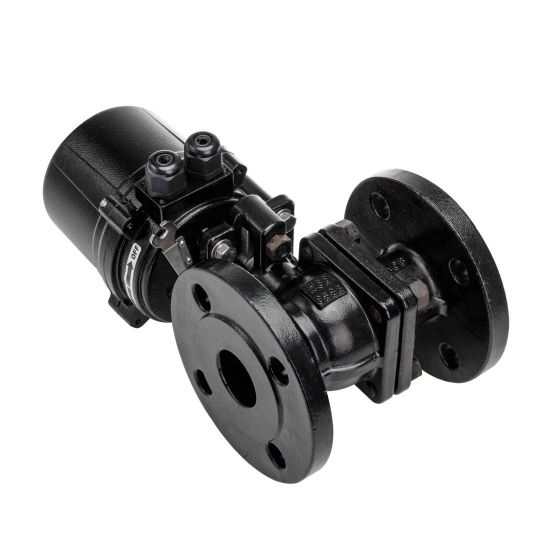The Stainless Steel Electric High Temperature Ball Valve is an essential component in many industrial systems that require reliable flow control under extreme temperature conditions. This specialized valve combines the durability and resistance of stainless steel with the efficiency of electric actuators, offering a robust solution for a wide range of high-temperature applications. In this article, we will explore the features, advantages, and key considerations for choosing and using stainless steel electric high temperature ball valves in demanding environments.

What is a Stainless Steel Electric High Temperature Ball Valve?

A stainless steel electric high temperature ball valve is a type of valve that uses an electric actuator to control the flow of fluids through a stainless steel body, designed to withstand high-temperature environments. Unlike manual valves, which require human intervention to open or close, electric actuators automate the process, enabling precise and reliable control. These valves are commonly used in industries such as oil and gas, chemical processing, power generation, and HVAC, where they regulate the flow of hot gases, liquids, or steam under high-pressure conditions. The ball valve features a spherical closure element (the ball) that rotates within the valve body to control fluid flow. This design provides minimal flow resistance, allowing the valve to be fully open or closed quickly with a 90-degree turn of the actuator. The use of stainless steel as the material of construction ensures superior strength, corrosion resistance, and durability, making it ideal for high-temperature operations.
